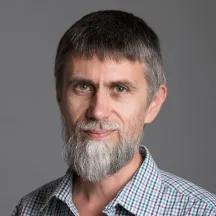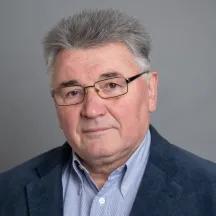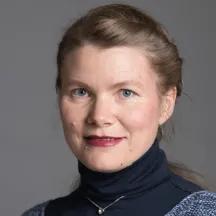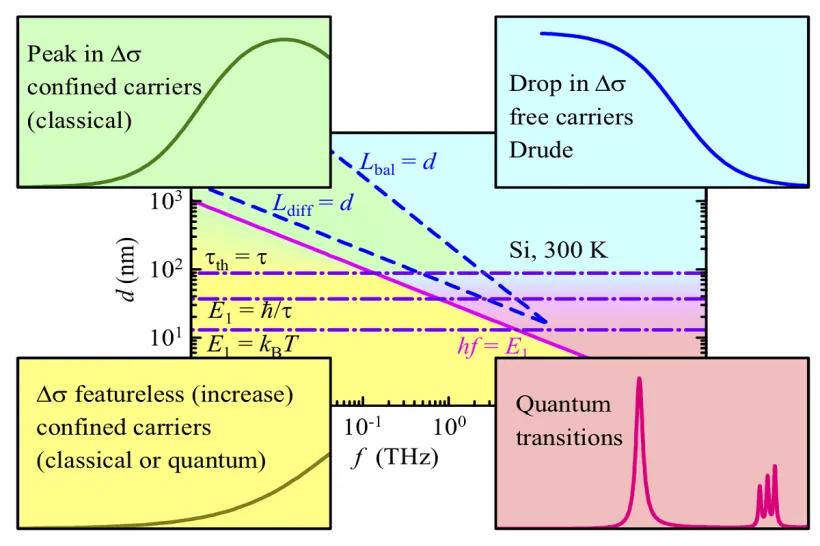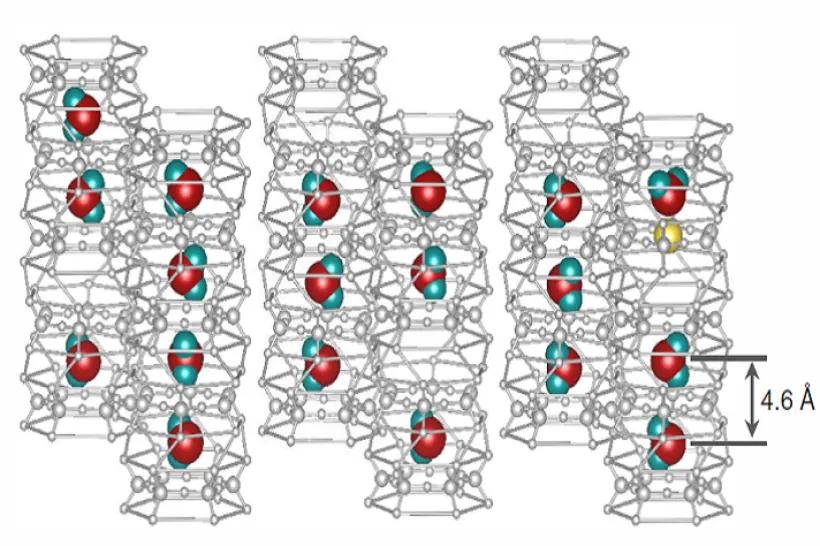Ferroelectric materials present macroscopic spontaneous polarization, switchable by an applied electric field. These materials have many applications and the phenomena related to the ferroelectric ordering are very rich; they are intimately related to the spectral dependence of the dielectric function of the particular material and investigation of it usually require a very broadband spectroscopic approach.
Department of Dielectrics of FZU has an ultrabroadband spectroscopic facility ranging from 10-3 up to 1014 Hz, which is especially useful for investigation of ferroelectrics and related materials; it is mostly based on dielectric, microwave, time-domain THz, infrared and Raman spectroscopy complemented with calorimetric, nonlinear optical and scanning probe microscopy measurements and also with neutron scattering spectroscopy through various collaborations. The work is also supported by the theoretical group through ab initio calculations of the ferroelectric and ferroelastic domain structures and through various effective medium approaches.
The ferroelectric state in a crystal develops owing to a structural phase transition, which is connected to a lowering of the crystal symmetry (typically loss of the inversion center). This leads to specific changes in the selection rules for various spectroscopic methods and some characteristic excitations can be observed in various spectral ranges of electromagnetic radiation. The nature of structural phase transitions can be often classified as (predominantly) of displacive or order-disorder type. In the displacive case, atoms are associated with their average positions, and phase transition occurs as these positions change (displacement); this is reflected by the appropriate symmetry change. This process is associated with an existence of a strong polar soft lattice vibrational mode responsible for the displacement of atoms. The frequency of this soft mode is strongly temperature dependent and typically spans the THz and far-infrared range. In the order-disorder case, on the other hand, the structural model involves partially occupied atomic sites, and the transition occurs as the symmetry of the occupational distribution is broken. The characteristic excitation for this type of behavior is a temperature dependent relaxation mode which can be observed in the microwave or THz spectral range. Ultrabroadband spectroscopic approach then allows us to observe such characteristic excitations and couplings between them and understand the nature of the phase transition and ferroelectricity in particular materials.

